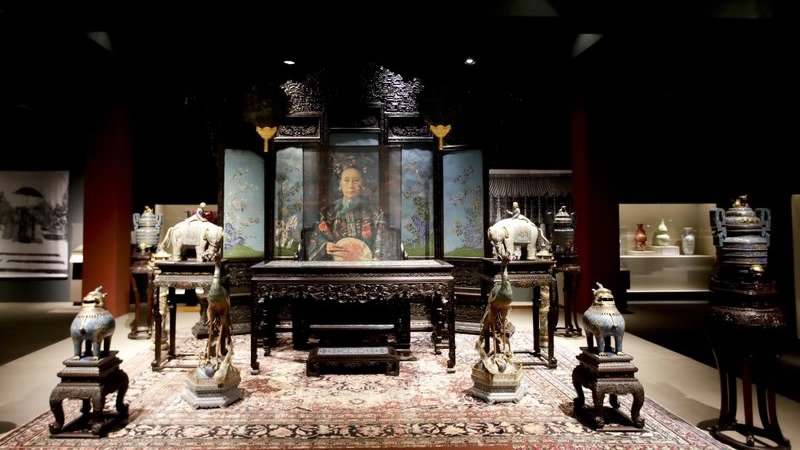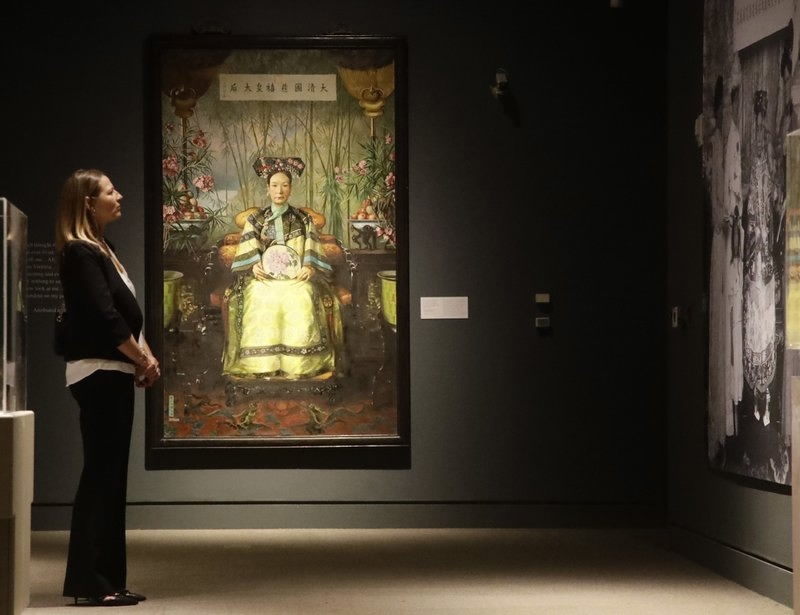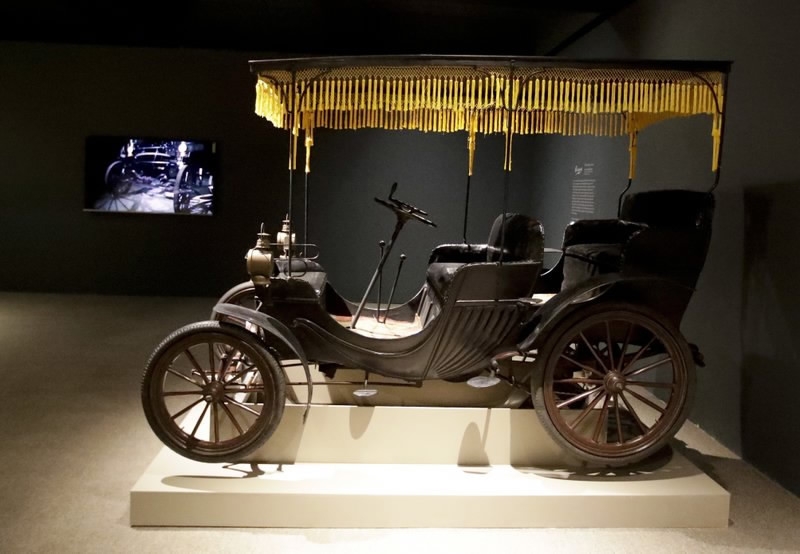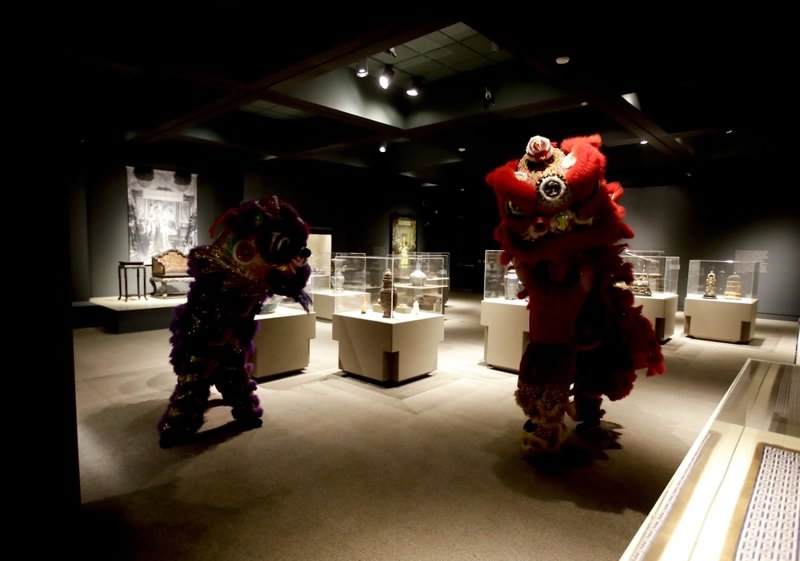
Culture
21:23, 12-Nov-2017
Rare art from China's Empress Dowager Cixi in US
CGTN and Agency

For more than a century Empress Dowager Cixi has been known as the woman behind the throne, the woman who through skill and circumstance rose from lowly imperial consort to iron-fisted ruler of China at a time and in a place when women were barred from participating in politics.
But it turned out she is more than that. The 19th century ruler was also a serious arts patron and even an artist herself, with discerning tastes that helped set the style for traditional Asian art for more than a century.
That side of Cixi comes to the Western world for the first time with Sunday's unveiling of "Empress Dowager, Cixi: Selections From the Summer Palace" at the Bowers Museum in Santa Ana. The wide-ranging collection, never before seen outside China, will remain at the Southern California museum through March 11 before returning to Beijing.

"Empress Dowager, Cixi: Selections From the Summer Palace" opens at the Bowers Museum in Santa Ana, California on November 12, 2017. /AP Photo
"Empress Dowager, Cixi: Selections From the Summer Palace" opens at the Bowers Museum in Santa Ana, California on November 12, 2017. /AP Photo
Consisting of more than 100 pieces from the lavish Beijing palace Cixi called home during the final years of her life, “Empress Dowager” includes numerous examples of intricately designed Chinese furniture, porcelain vases and stone carvings, as well as several pieces of Western art, rare in China at the time, that she also collected. Among them are a large oil-on-canvas portrait of herself she commissioned the prominent Dutch artist Hubert Vos to create.
Other Western accoutrements include gifts from visiting dignitaries, among them British silver serving sets, German and Swiss clocks, a marble-topped table from Italy with inlaid stones in the shape of a chessboard and even an American-built luxury automobile. The latter, a 1901 Duryea touring car, is believed to be the first automobile imported into China and as such may have involved the empress in the country’s first automobile accident when her driver is said to have hit a pedestrian.

A 1901 Duryea surrey /AP Photo
A 1901 Duryea surrey /AP Photo
"We already have a lot of scholarship on who she is and how she ruled China. But this show brings you a different angle," said exhibition curator Ying-Chen Peng, as she led a recent pre-opening tour of it through the museum that was kicked off by a raucous performance of Chinese lion dancers accompanied by musicians loudly banging gongs cymbals and drums.
"This exhibition seeks to introduce you to this woman as an arts patron, as an architect, as a designer," the American University art historian said.

Lion dancers perform before the unveiling of the exhibition. /AP Photo
Lion dancers perform before the unveiling of the exhibition. /AP Photo
That's an approach that may finally have gotten it to the Western world. Anne Shih, who chairs the museum's board of directors, noted recently that she spent 10 years trying to persuade the Chinese government to lend Cixi's art.
Placed into the emperor's harem as a low-level teenage consort, she quickly elevated her status by giving birth to his only son in 1856. When the emperor died six years later she installed the boy as his successor and, as the woman behind the throne, ousted opponents, brought in loyalists and ran the country herself for the next 43 years. She died in 1908 at the age of 72.
Although she led her country through numerous wars launched by foreign invaders during those years, she also found time to visit with dignitaries from other countries and to pursue her own passion for art.
Her real artistic skill, however, lay not in making art but in envisioning works that would stand the critical test of time and then finding skilled artisans to create them.
Source(s): AP

SITEMAP
Copyright © 2018 CGTN. Beijing ICP prepared NO.16065310-3
Copyright © 2018 CGTN. Beijing ICP prepared NO.16065310-3